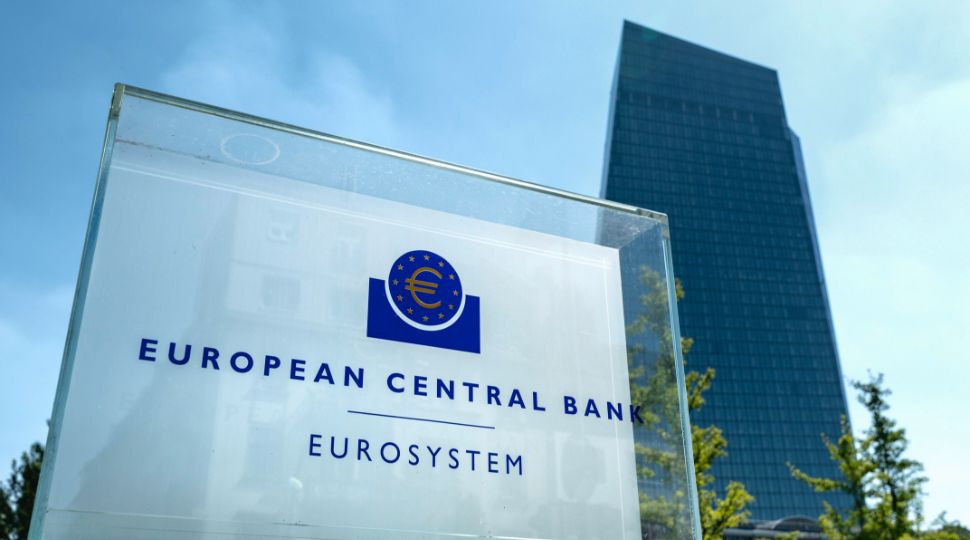Christine Lagarde Nominated as Next ECB President

Since the financial crisis of 2008, the central bank of the euro area has been increasingly moving away from a technocratic model focused solely on protecting the value of money. Economic stagnation, the rise of unemployment, and debt, which made the breakup of the single currency area more possible than ever, forced the ECB to adopt unconventional measures to increase the money supply and to test the limits of its mandate set in the treaties. Since Draghi’s declaration in 2012 that he would do “whatever it takes” to save the euro, the ECB has become, in fact, a political institution, bearing responsibility for the survival of integration structures.
Therefore, the selection of the person to lead the ECB after Draghi’s term ends in autumn 2019 was at least as important for the EU as the election of the president of the European Commission (EC). This choice would decide whether the bank returns to the classic path of the monetary “guardian” or would seek to further play the main role in keeping the eurozone from an economic downturn. The nomination of Lagarde, the current head of the International Monetary Fund (IMF), suggests the latter.
An Unconventional Candidacy
In central banking terms, her candidacy cannot be regarded as a standard one, because she isn’t an expert or academic researcher in monetary issues, not even an economist. Lagarde is a high-ranking lawyer and authority figure with respected experience in international finance. However, she does not belong to the elite guild of monetary policy, which uses specialised models and technical jargon.
Her profile is not a risk-free feature. It is worth noting that the real power of the ECB president is determined not just by his or her formal position in bank bodies; also key is the ability to communicate with the markets, build credibility, and convince them that the bank will operate in a certain way. Even a small error or lack of precision in wording may cause overreactions among market participants. That is why there will be more weight attached to the ECB’s experts who directly support Lagarde, such as Philip Lane, the chief economist of the bank.
But coming outside of the monetary guild means also that Lagarde will lean to a pragmatic mindset and broader view on economic issues, including macroeconomic imbalances and fiscal and social matters. She delivered some evidence for this in the past, supporting Draghi’s programme to purchase government bonds (Outright Monetary Transactions, OMT) and a radical cut in interest rates. She did not criticize “quantitative easing” (QE), large-scale assets purchases aimed at reducing the cost of borrowing money. She also called, as the head of the IMF, to change the creditors’ approach towards the Greek crisis—an alternative to austerity, imposed by Germany, was to reduce the huge public debt. Simultaneously, she criticized harshly the government of Angela Merkel for doing nothing against a massive trade surplus. Therefore, there is enough to see Lagarde—during the next crisis expected by economists, for example—continuing with unconventional monetary policy.
Political Bias
Supporters of the traditional central banking model are reluctant to see in decision-making bodies people with rich experience in politics. In their belief, this encourages undue consideration of the multiplicity of goals, conditions, and relations, which does not match the essence of central banking— independence and pursuing the sole purpose of protecting the value of money.
In light of such assumptions, Lagarde is, for them, a candidate far from ideal. In the past, she held important political functions, including ministerial roles in trade, agriculture and fisheries, as well as finance (the last office she held was in 2007-2011, during the severe phase of the economic crisis in Europe). Critics may accuse her of utilitarian treatment of rules, reminding, for example, the situation from the time when the aid package for Greece was negotiated. In the course of the talks, the Germans pointed out that financial support for the country from the EU meant breaking the Lisbon Treaty and that another solution was necessary. Lagarde was to convince Wolfgang Schäuble, then the German finance minister, to find a way to bypass the legal obstacles. This history from the future head of the ECB suggests she will not hesitate to test the frontiers of the bank’s traditionally understood mandate.
Lagarde’s experience as the head of the IMF adds an additional argument for her being a more political president of the ECB. Her global mindset may make her more interested in, for example, the international position of the euro at the expense of the retail issues of “internal” monetary policy. This view can count on political support. Among the Member States, as well as European Commission officials, the common currency is increasingly being perceived in the context of competition against the dollar on global markets and a factor in European “strategic autonomy”. This may mean, for example, the promotion of the euro as the reserve currency or ideas for a European alternative to the SWIFT payment system. This would be another incentive to extend the ECB’s mandate.
Conclusions
The appointment of Lagarde, assuming she is confirmed, presupposes the continuation of Draghi’s approach of maintaining low interest rates and readiness for further monetary policy experiments if necessary. This direction will be keeping the ECB in the role of the guarantor of eurozone stability. However, it may also reduce the pressure to finalise euro area reforms—as long as the bank supports the economy by offering cheap money, the Member States have fewer incentives to move towards a large euro-area budget.
In this constellation, those receiving the most benefits would seem to be France and Southern European countries, which can count on easier financing of public debt and sustaining economic growth. Institutional benefits are equally important. Draghi’s presidency and probably also Lagarde’s indicate a departure from the conservative central banking model with its narrow scope of monetary goals. The ECB is evolving more and more towards a political institution that broadly defines its mandate and responsibility.
This change is worrying for Germany because it means that the experience of the Bundesbank, which became the benchmark for developing the ECB model in the 1990s, is losing importance. In this context, the defeat of Germany’s candidate Jens Weidmann to Lagarde has a symbolic dimension, read as the demise of monetary conservatism. For Germany, this has a concrete, economic cost. The ECB’s expansive policy leading to a radical reduction in interest rates discourages citizens from saving, generates a speculative real-estate bubble, and weakens the banking sector, which in such conditions faces lower profits and makes them more difficult to gain. But this seems to be the price for maintaining economic growth and keeping the euro alive.
From Poland’s point of view, the significance of Lagarde’s nomination as president of the ECB is limited by the fact the country remains outside the euro area and runs its own monetary policy. Nevertheless, the direction the ECB take under the new president will have many political and economic consequences also for non-euro Member States.
If the ECB remains the main guarantor of the stability of the euro area, the political pressure to deepen integration in the fiscal sphere and in the labour and social markets will more likely ease. This will reduce the risk of asymmetric integration, as a result of which the EU would be divided into a deeply integrated euro area and a group comprising the other countries—including Poland—preferring less-advanced cooperation. In addition, the continuation of Draghi’s cheap-money policy is conducive to keeping the economy in the eurozone from recession and it is a market on which most Polish exports depend (€127.5 billion of €220 billion total in 2018). Low interest rates in the euro area also help the National Bank of Poland maintain a similar orientation. This is important because, in the face of shrinking room for fiscal spending (mainly due to rising social expenditures), monetary policy remains the main safeguard in the event of a downturn.


